A timeline of Venus Flytrap cultivation in private industry
The Venus Flytrap (Dionaea muscipula) is a carnivorous plant native to the wetlands of the southeastern United States, specifically the coastal plains of North and South Carolina. It was first discovered in the late 18th century by French botanist Bernard de Jussieu and was later formally described and named by Swedish botanist Carl Linnaeus in 1753.
The first recorded attempt to cultivate Venus Flytraps in a private setting was made by a man named William Saunders in 1767. Saunders was a British naturalist and gardener who had obtained seeds of the plant from a fellow botanist in North America. He successfully germinated the seeds and grew the plants in a greenhouse, making him the first person to successfully cultivate Venus Flytraps outside of their native habitat.
Despite this early success, it was not until the late 19th century that the Venus Flytrap gained widespread popularity as a horticultural curiosity. At this time, a number of plant enthusiasts and nurserymen began cultivating the plant for sale and trade. One of the most notable of these was a man named Peter Henderson, who began selling Venus Flytraps through his seed catalog in the 1890s.
Over the next few decades, the popularity of the Venus Flytrap continued to grow, and the plant became a sought-after novelty item among gardeners and plant collectors. However, the destruction of much of the plant’s natural habitat, combined with over collection by enthusiasts, led to a decline in wild populations. As a result, the Venus Flytrap was added to the International Union for Conservation of Nature (IUCN) Red List of Threatened Species in 1999.
Today, the Venus Flytrap remains a popular and fascinating plant for private cultivation, and it is widely available through nurseries and online retailers. However, it is important for growers to take care not to contribute to the further depletion of wild populations by sourcing their plants from reputable, sustainably-minded suppliers.


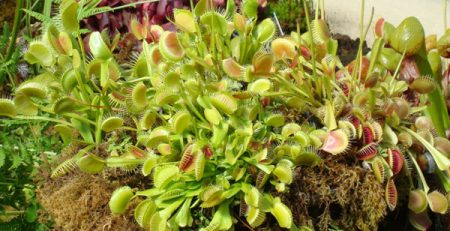

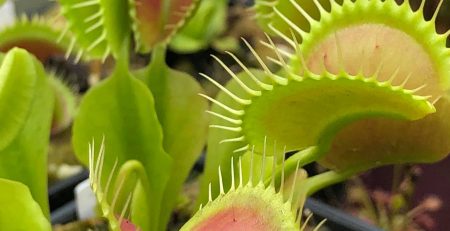
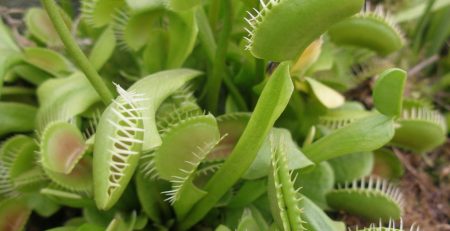
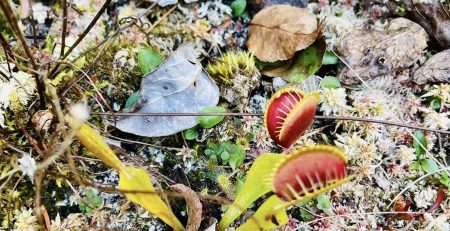
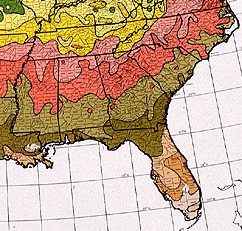


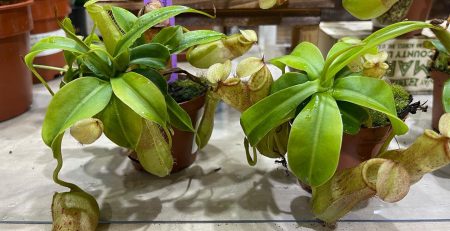
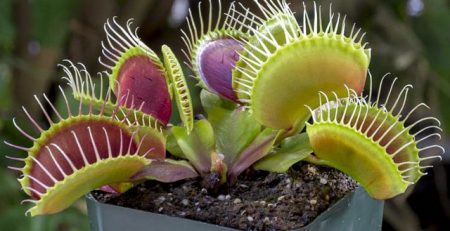
Leave a Reply
You must be logged in to post a comment.